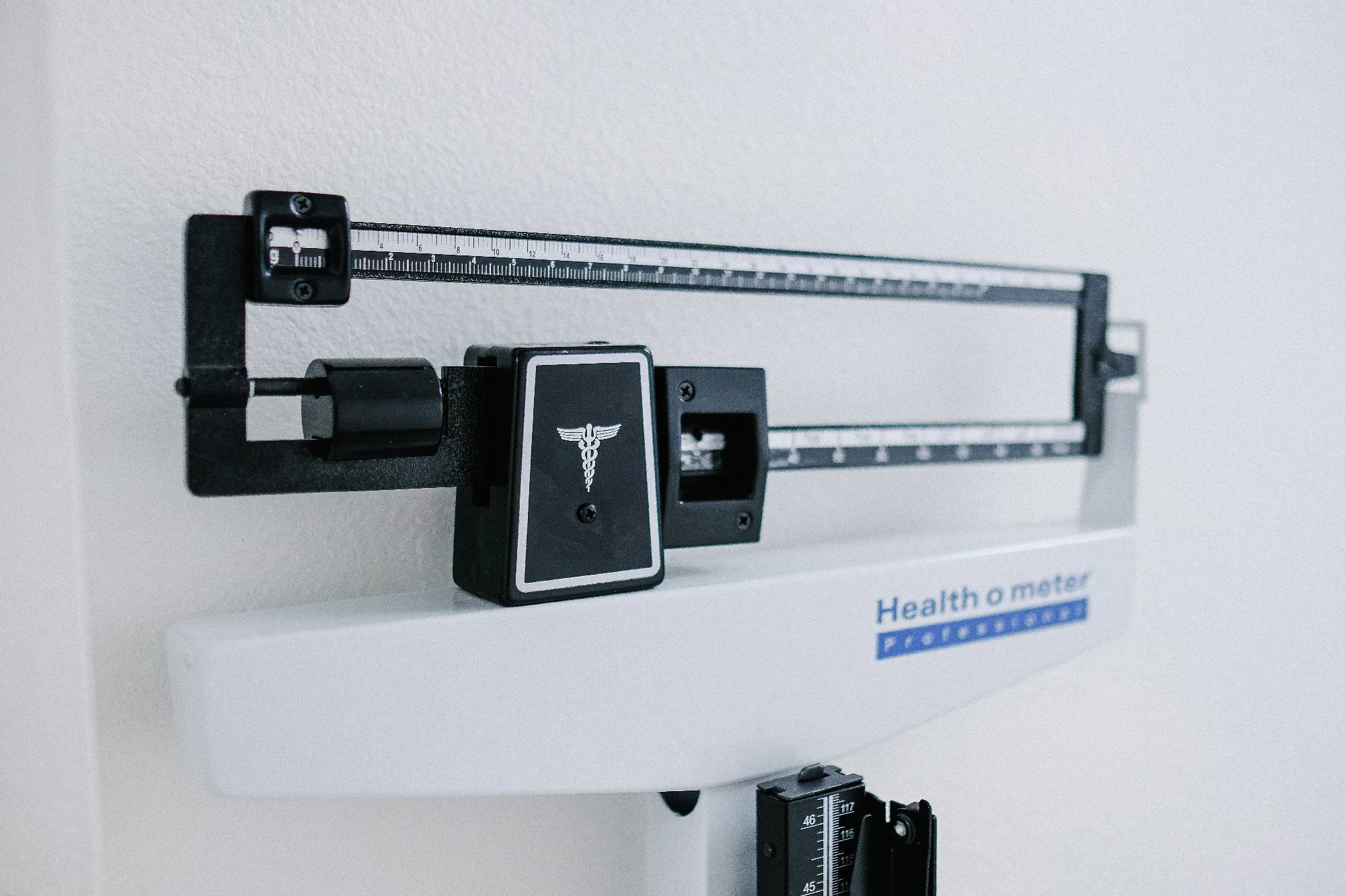
GLP1 Receptor Agonists – semaglutide / Ozempic / Wegovy / Rybelsus and tirzepatide / Mounjaro / ZepBound
Weight loss injections with the peptides semaglutide (brand names Ozempic, Wegovy, and Rybelsus) and tirzepatide (brand names Mounjaro and ZepBound) have been all the rage over the last several years.
TikTok, Instagram, and Facebook are covered with posts about the popular weight loss injections.
Both are of the class of medications called “GLP1 Receptor Agonists”, Glucagon-like peptide-1 agonists.
An agonist mimics the actions of a hormone to produce a response when it binds to a specific receptor in the brain.
GLP1s were discovered in 1981 in the anglerfish, then later in the L-cells in guts of mammals 3 (humans are mammals). Glucagon-like peptide 1 (GLP-1) was found to be effective in stimulating insulin and reducing the peak glucose concentration found in the blood.1
Glucagon-like peptide-1 (GLP-1) is an incretin (a gut-derived hormone that stimulates a decrease in blood sugar levels) secreted by a section of the small intestine and colon L-cells (an important part of the gut-brain axis) following food intake. They are also produced to some degree in the pancreas and brainstem. In other words, your own body makes GLP-1.It takes action when you eat, especially in response to glucose and fat. Therapies in the incretin family help protect the beta cells of the pancreas, which make, store, and release insulin. GLP-1 increases pancreatic beta cells’ generation and survival, and decreases the release of glucagon, a hormone that stimulates glucose production in the liver.2 It bolsters insulin secretion and helps keep blood sugar levels in check.
Your body’s own GLP-1 has a short half-life of 1-2 minutes before it is degraded. This is what led to the creation of GLP-1 receptor agonists (RA) (binds to the same receptor as GLP-1), with the popular semaglutide having a half-life of 5.7 – 6.7 days. In 2005, the FDA approved the first GLP1-RA, exenatide, whose annoying twice daily injection requirement made it less desirable than semaglutide, the once-weekly injection approved in the years following 2009. Because GLP-1 receptor agonists slow the rate at which the stomach empties its contents, it causes satiety, or a feeling of fullness, for a lengthened period of time. This reduces food intake, and for many, results in significant weight loss.3
GLP-1s have effects on body parts other than the gut. Receptors for GLP-1 are found all throughout the body, including in the lungs, in blood vessels, and the cells that make up heart muscle, kidneys, central nervous system, stomach, and pancreas. GLP-1s act on heart, brain, and fat cells as well as the pancreas and liver. In addition to treating diabetes and obesity, GLP-1 RAs are being studied in other “off-label” usages. The results of 19 clinical studies showed that they can assist with certain motor symptoms of Parkinson’s Disease, make the brain use glucose better in those with Alzheimer’s, improve depression scale scores, and recently have been discovered useful in treating chemical dependency, such as in alcoholism. GLP1 analogs restrict the release of the “feel-good” hormone dopamine, and therefore may help decrease withdrawal symptoms and relapses. They help reduce the problematic fat that wraps around the organs in your abdominal area, reduce fatty deposits in the liver, and improve insulin resistance.2
Other and more well-known effects of GLP-1 RAs include appetite suppression, reduced locomotion in the gut, and a decrease in the secretion of stomach acid2.
Since 2013, multiple cardiovascular trials have been performed for the purpose of discovering what benefit GLP-1 RAs may have on the heart and blood vessels. They have been found to trigger the inner lining of the blood vessels to produce nitric oxide, which dilates blood vessels. They decrease oxidative stress. They are anti-inflammatory. The trials have shown a decrease in numbers of non-deadly heart attacks, strokes, and other cardiovascular events.3
GLP-1 RAs can moderate cholesterol and triglycerides by various mechanisms. Short and long-term therapy with GLP-1 RAs decreased these lipids in people with and without diabetes. They have been shown to decrease risk for heart attack and stroke by preventing small molecules in the arteries from forming fatty plaques.4
To summarize, the positive effects found with GLP-1 RAs include lowering of blood pressure, lipids, dysfunction inside the lining of blood vessels, decreased blood sugar production, appetite suppression, nerve protection, decreased neuroinflammation, increased insulin secretion, decreased glucagon secretion, and proliferation of pancreas beta islet cells.3
Dosing and management are key. Many people cannot tolerate semaglutide, but can tolerate tirzepatide (Mounjaro/ZepBound) which is a dual glucose-dependent insulinotropic polypeptide (GIP) receptor and glucagon-like peptide-1 (GLP-1) receptor agonist. A patient-specific approach is used when considering a GLP-1 receptor agonist.
References:
1Sheahan, K. H., Wahlberg, E., & Gilbert, M. P. (2019). An overview of GLP-1 agonists and recent cardiovascular outcomes trials. PostGraduate Medical Journal, 96(1133): 156–161.
2Laurindo, L.F., et. al. (2022). GLP-1a: Going beyond traditional use. International Journal of Molecular Sciences, 23(2): 739
3 Ferhatbegović, L., Mršić, D., & Macić Džanković, A. (2023). The benefits of GLP1 receptors in cardiovascular diseases. Frontiers in Clinical Diabetes and Healthcare. doi: 10.3389/fcdhc.2023.1293926
4 Patel, V. J., Joharapurkar, A. A., Shah, G. B., & Jain, M. R. (2014). Effect of GLP-1 based therapies on diabetic dyslipidemia. Current Diabetes Reviews. 96(1133): 156–161
